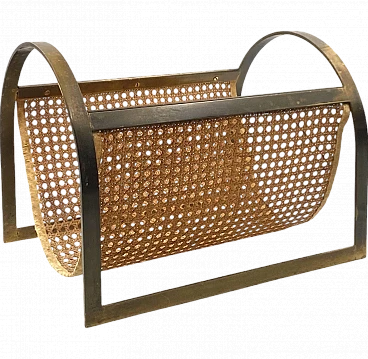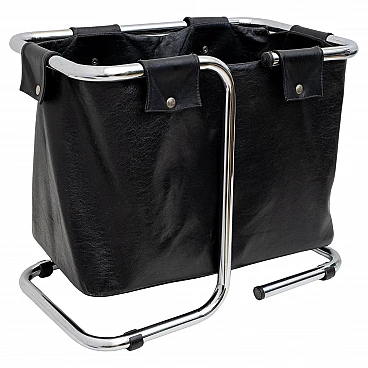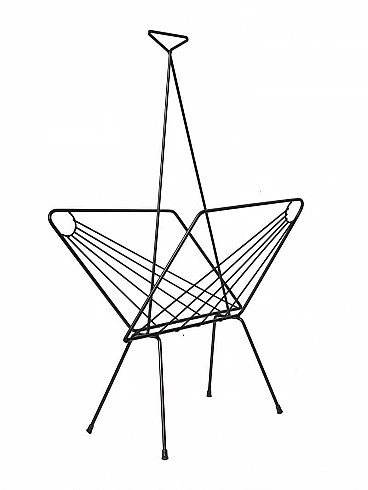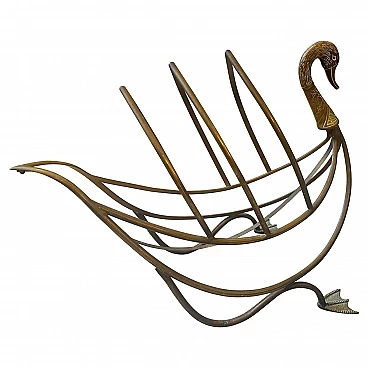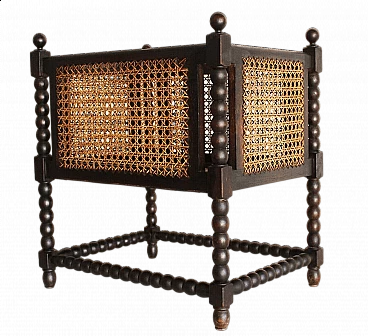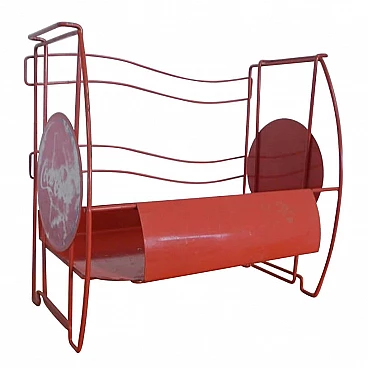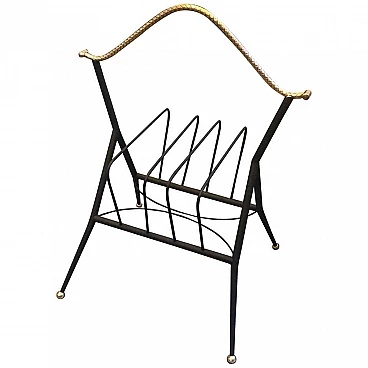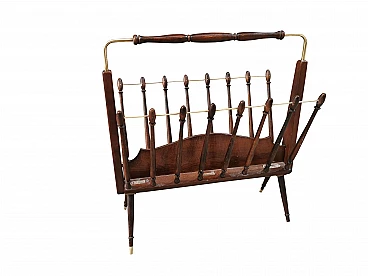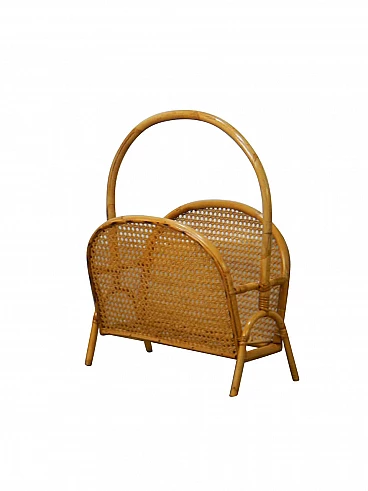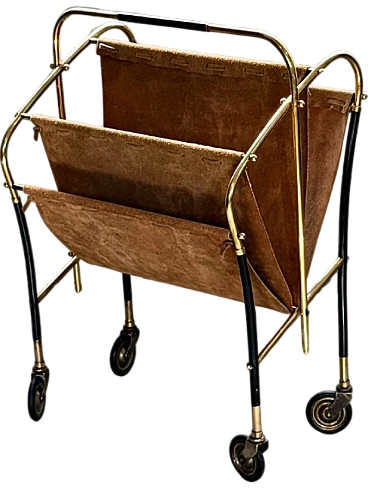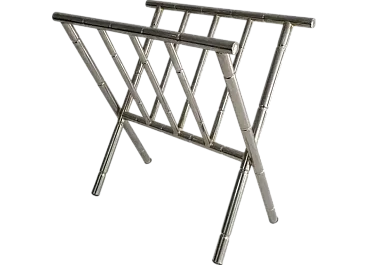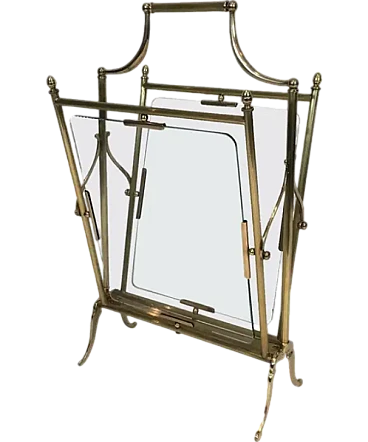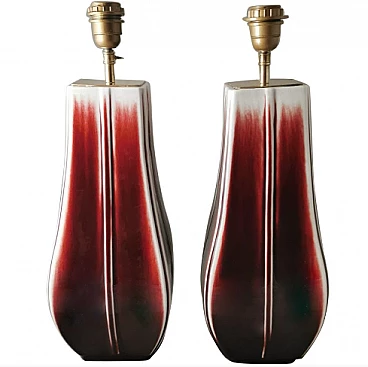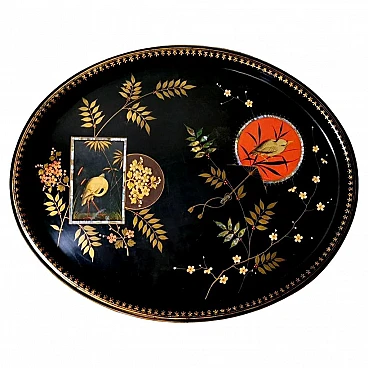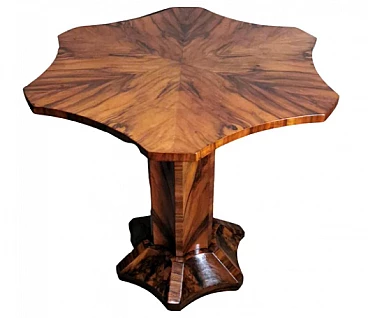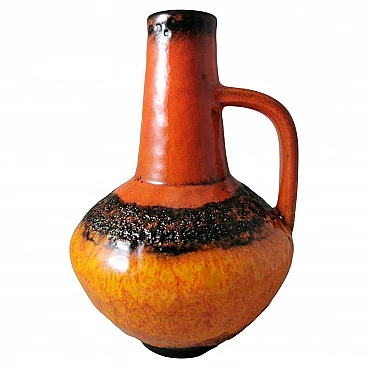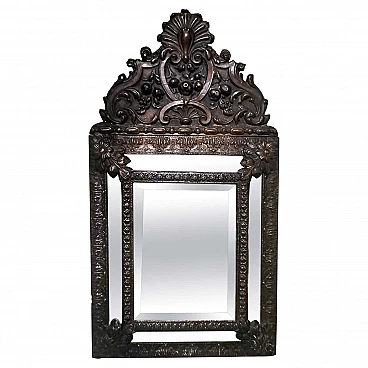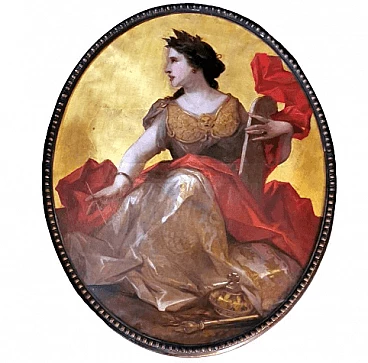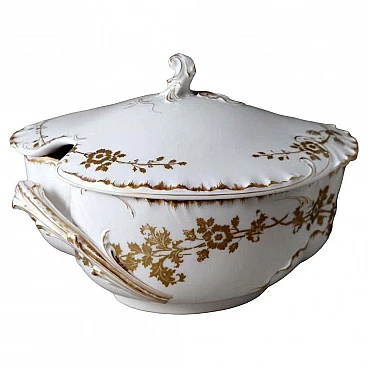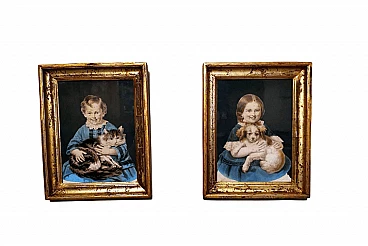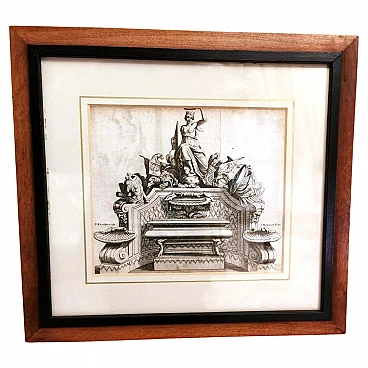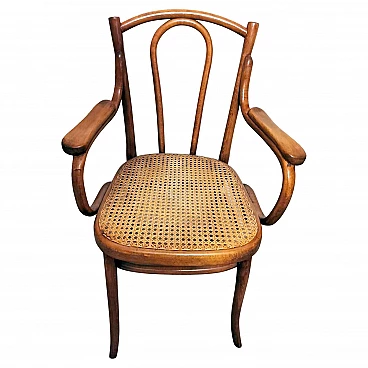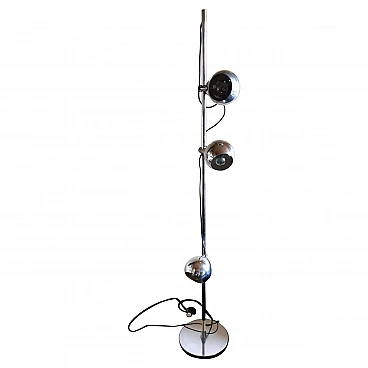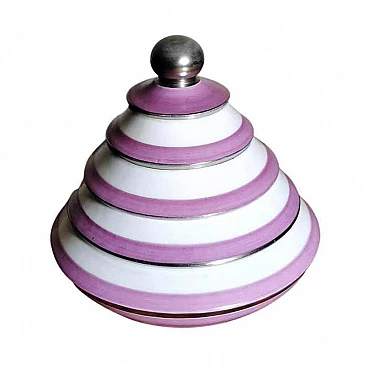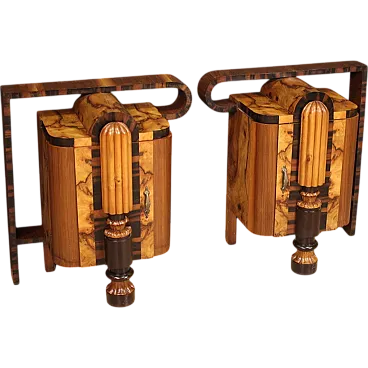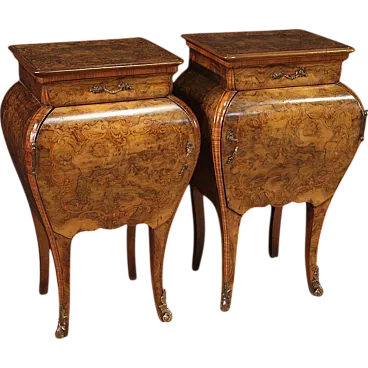Particular handcrafted magazine rack made of bamboo and rattan; it is characterized by a rounded and generous shape but with a light and airy look; the very solid structure is made of sturdy bamboo elements to form the large circular handle and the two side circles, the whole is connected by two rectangular frames made of pieces of bamboo canes; the other decorative elements in the shape of rays and the four rings at the base that complete the magazine rack are made of rattan. It was made, in the modernist style of Franco Albini, between 1967 and 1969 with extraordinary manual skill in a small workshop between the provinces of Parma and Cremona (Italy), along the banks of the river Po, an area of Italy very prolific and famous for the cultivation and production of bamboo. The tradition of this furniture was born in the United States at the end of the nineteenth century. The fashion soon spread to Europe and Italy, both in the Brianza (Italy) area and in the Po Valley and Tuscany. From an eminently poor material, it found itself covering the role of luxury detail in contemporary projects, bringing with it the added value of dozens of hours of manual workmanship carried out by a class of specialized artisans in danger of extinction. The term bamboo identifies a group of very vigorous evergreen herbaceous plants which grow in a tropical or very humid climate; all bamboo species have as a common characteristic the very high hollow stem which is easily workable and rather rigid. It is used for the production of furniture, chairs, deckchairs, sofas but also objects and even parquet and floors; bamboo is a symbol of resistance: it is appreciated for its ability to withstand storms without breaking, thanks to its flexible and hollow stem and its extraordinarily strong roots. It is a symbol of purity, steadfastness, and other virtues. Rattan is obtained from the Indian cane, nicknamed Rattan d'India or Rattan cane that left to dry in the sun at the edge of the forests takes on extraordinary qualities of strength and durability, in the field of outdoor finishes is processed with or without bark. It is widely used for the realization of chairs, tables, sofas, benches. There are many users who wonder about the difference between rattan and wicker; the wicker is the innermost part of the rattan cane that is divided into very thin strips, therefore, it is the most valuable and refined part of the Indian cane and for this reason, it is also more delicate. There is also wicker, a material obtained by weaving branches of willow or other plants. The elasticity and the resistance of willow wicker make it, since ever, ideal for the production of baskets and baskets; for these manufacturers is also used rush, a small perennial plant present in marshy or maritime areas. Franco Albini (October 17, 1905 - November 1, 1977) was an Italian architect, designer, and university professor of neo-rationalist design. A young student of Gio Ponti, Albini becomes since the early '30s one of the key figures of Italian Rationalism, which, however, gives an eclectic interpretation in many ways. It is on the basis of these beliefs that after the war he approached the world of woven fibers, forging a close relationship with the workshop of Vittorio Bonacina. The result of this collaboration culminates in the furniture in bamboo and Indian cane presented at the IX Triennale in 1951. The material, traditional and poor, is faced for the first time with a spirit of research and avant-garde, giving life to some masterpieces that have left an indelible mark in the history of design. The magazine rack is in good condition.
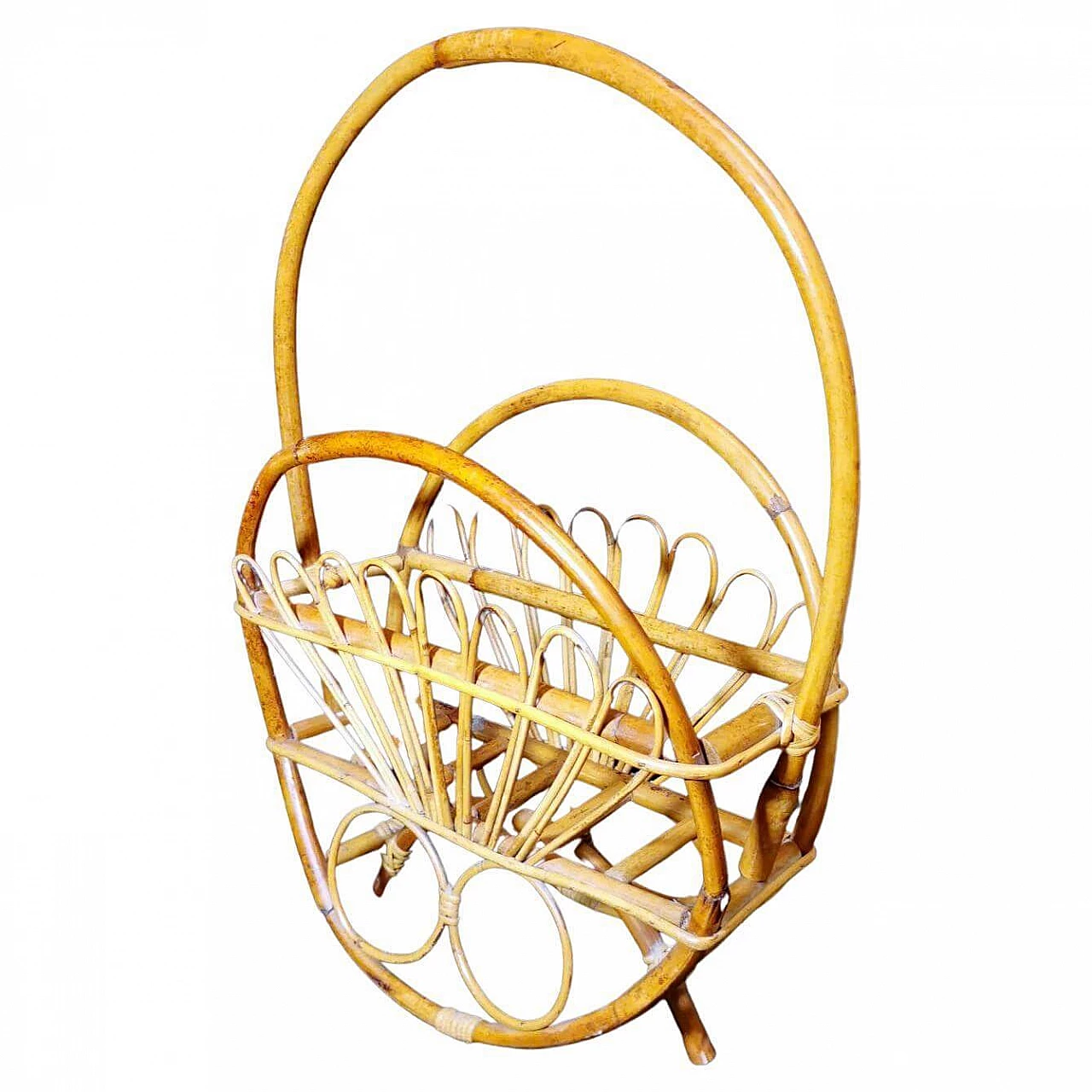
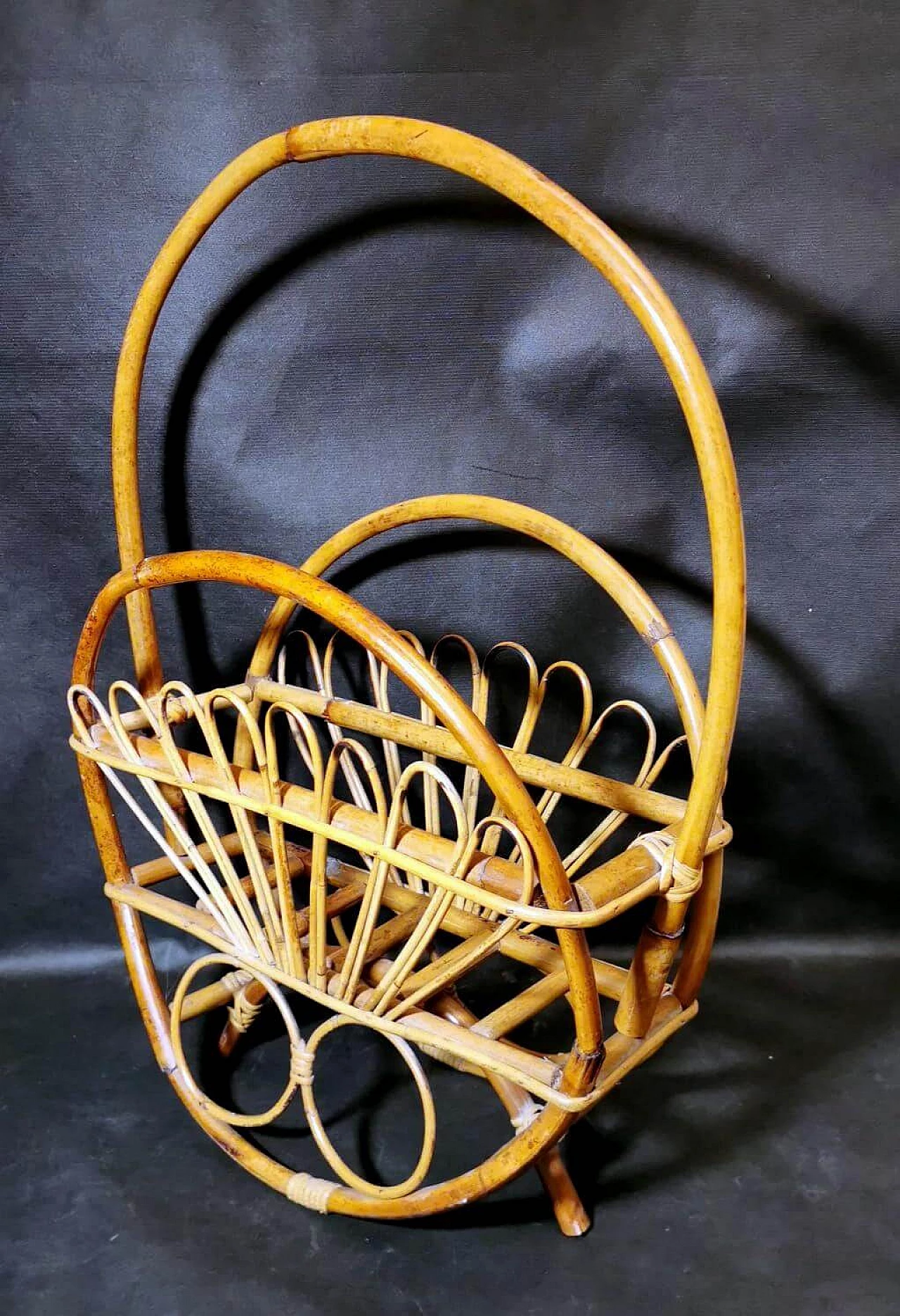
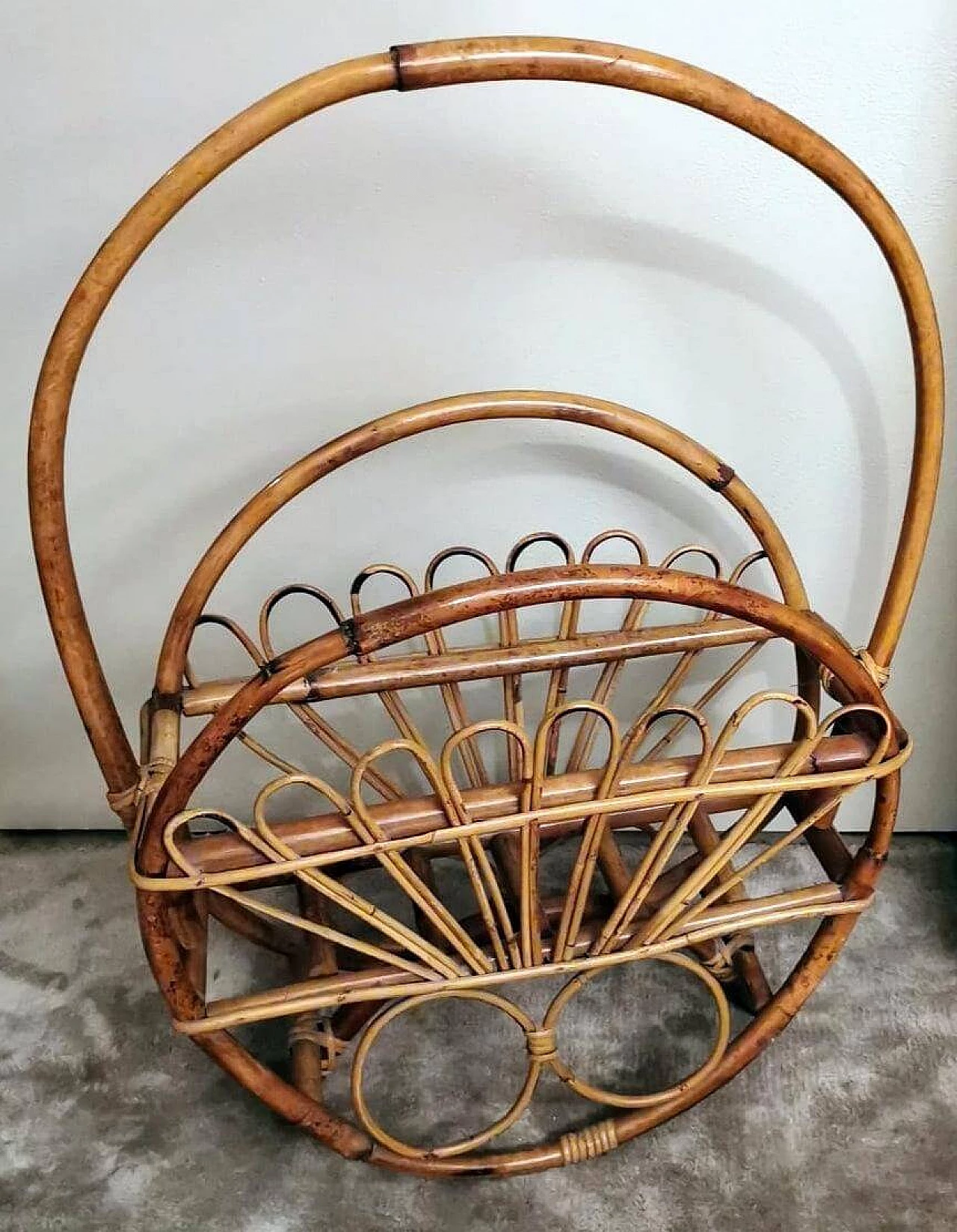
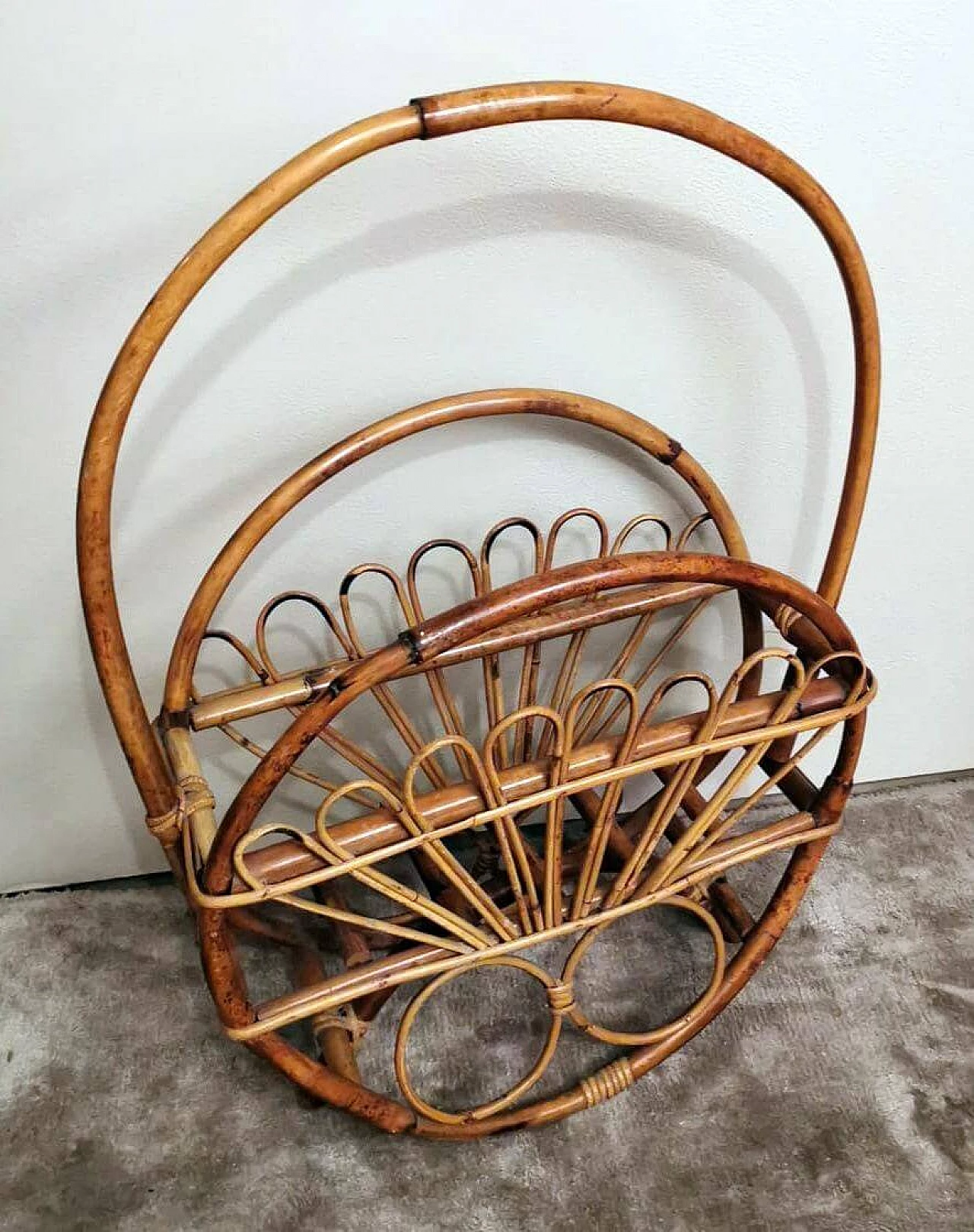
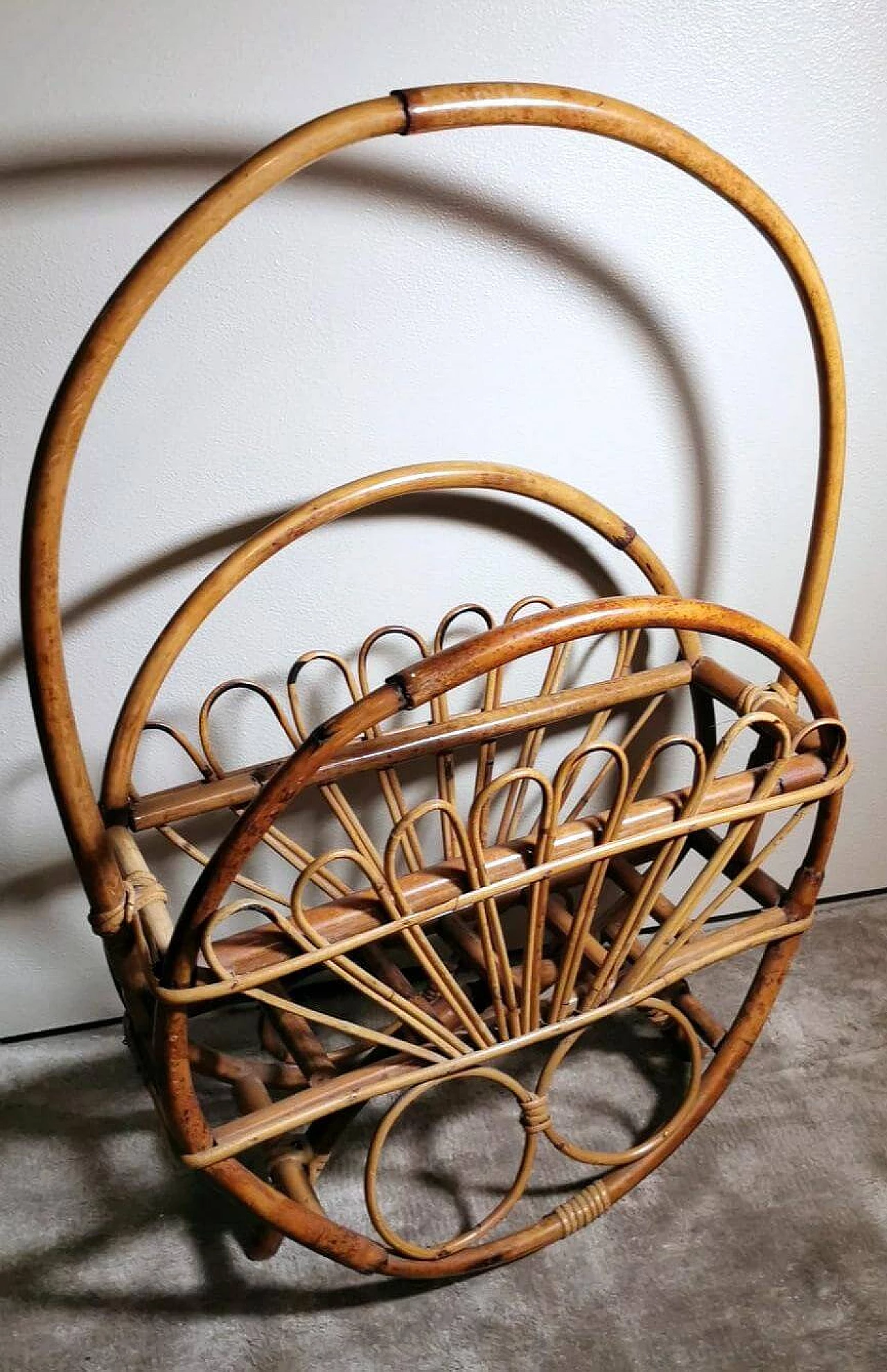
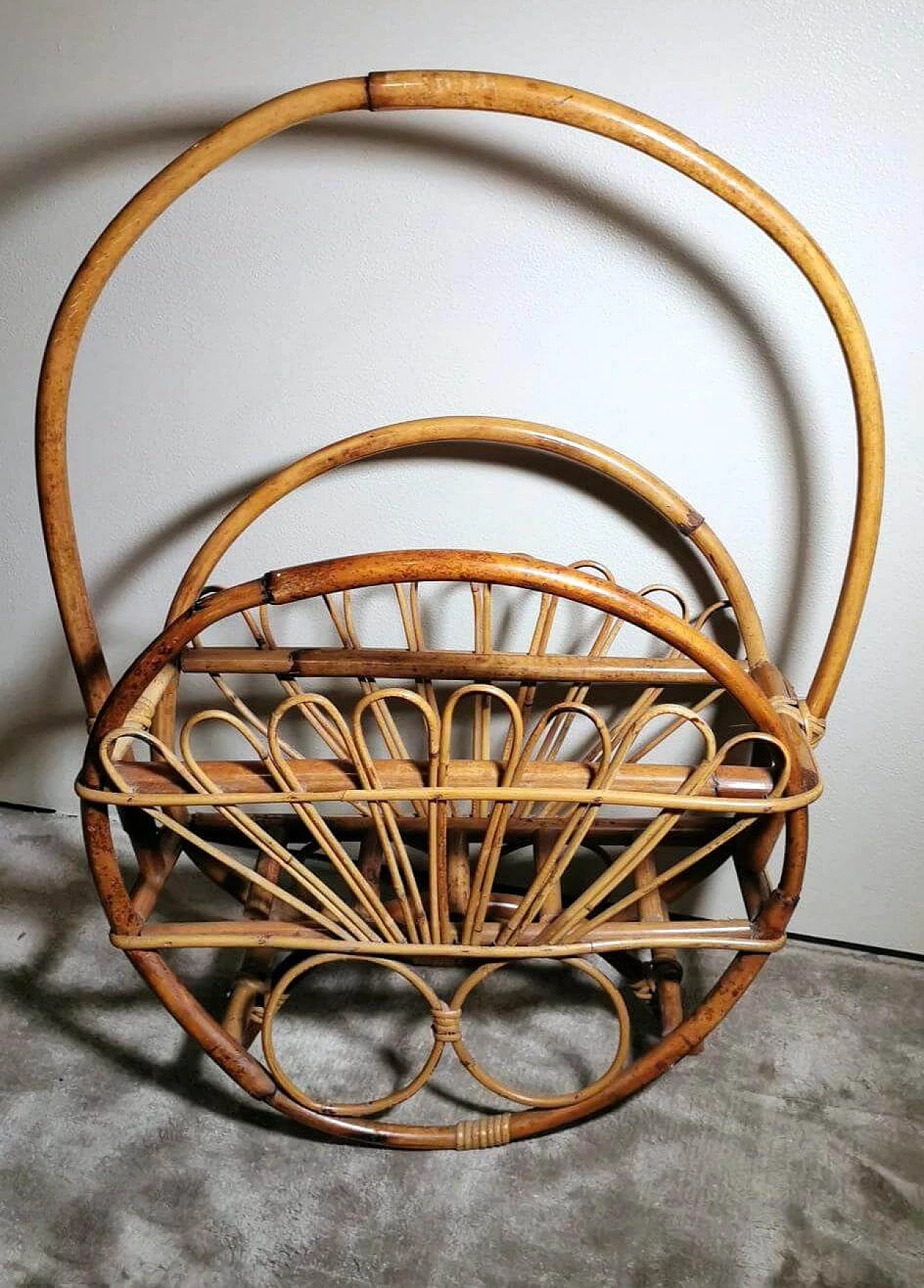
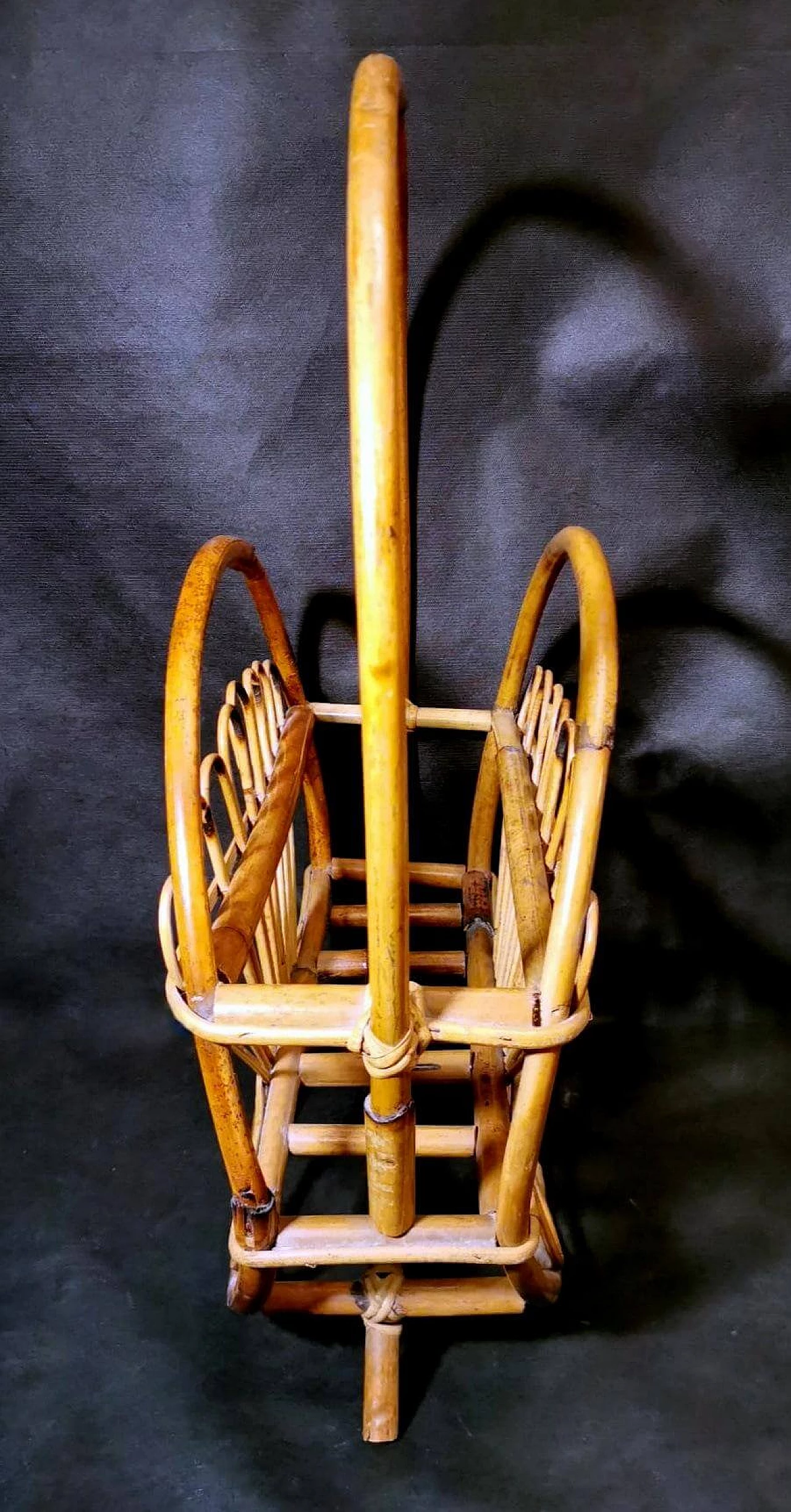
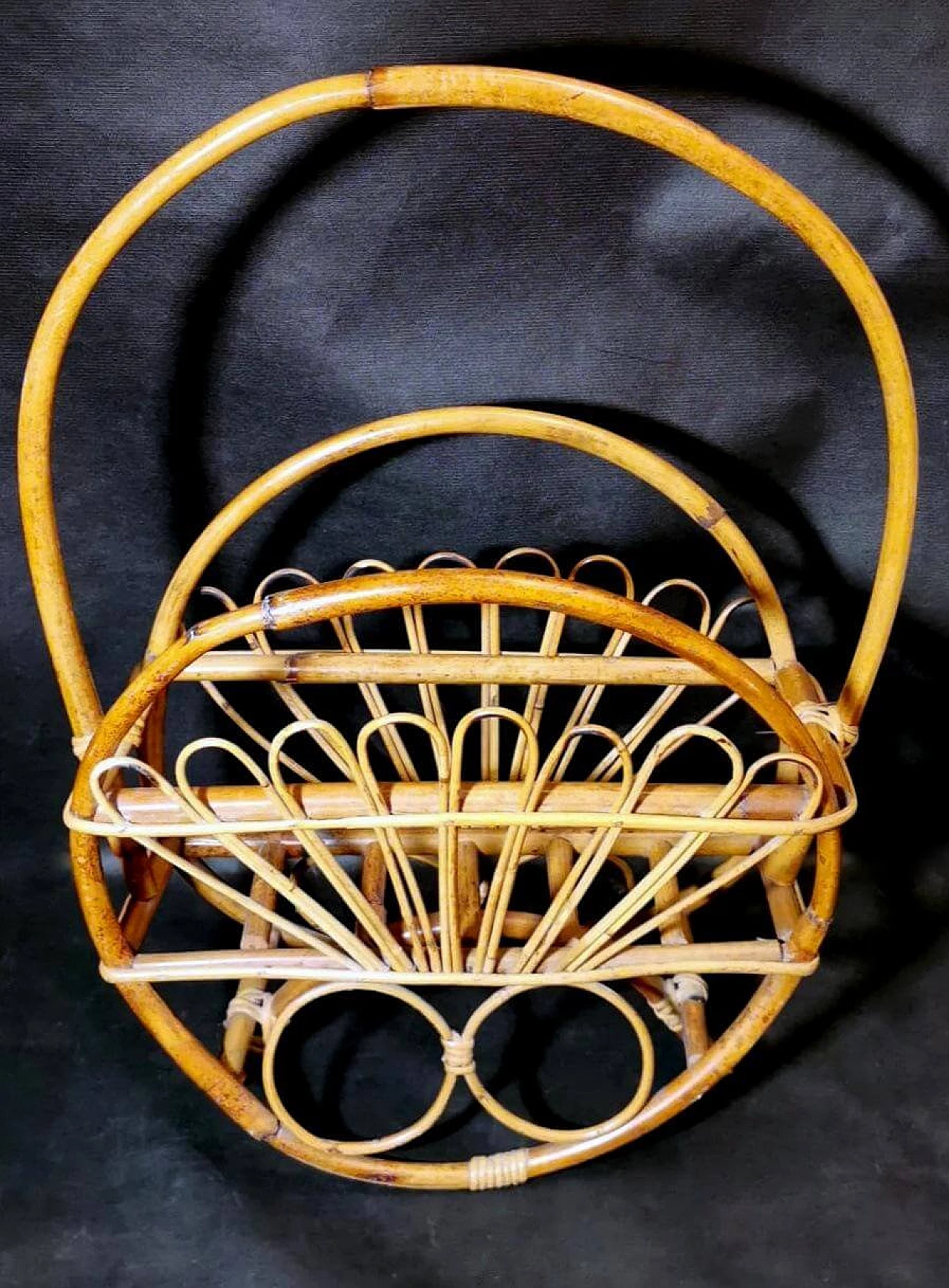
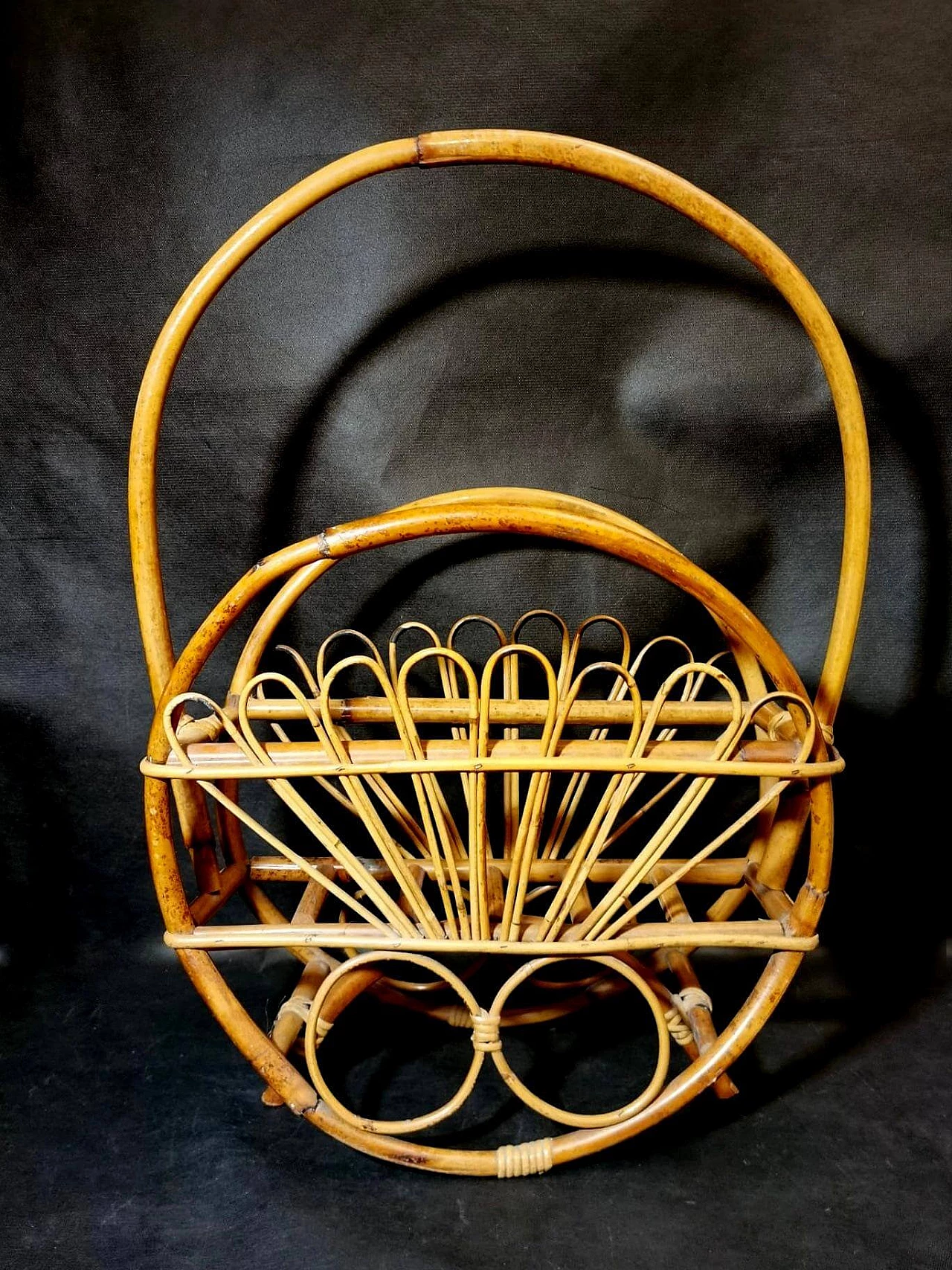
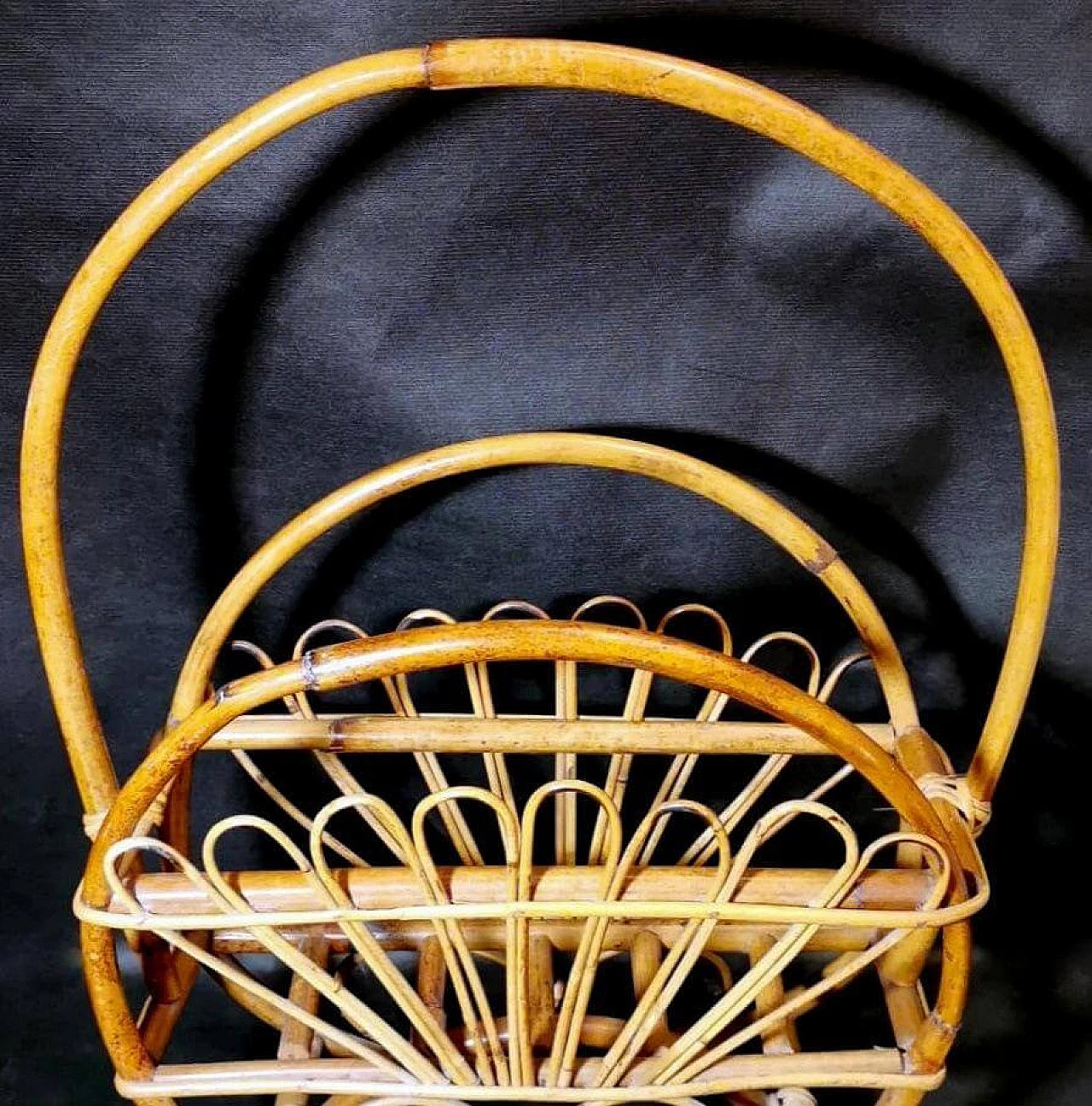
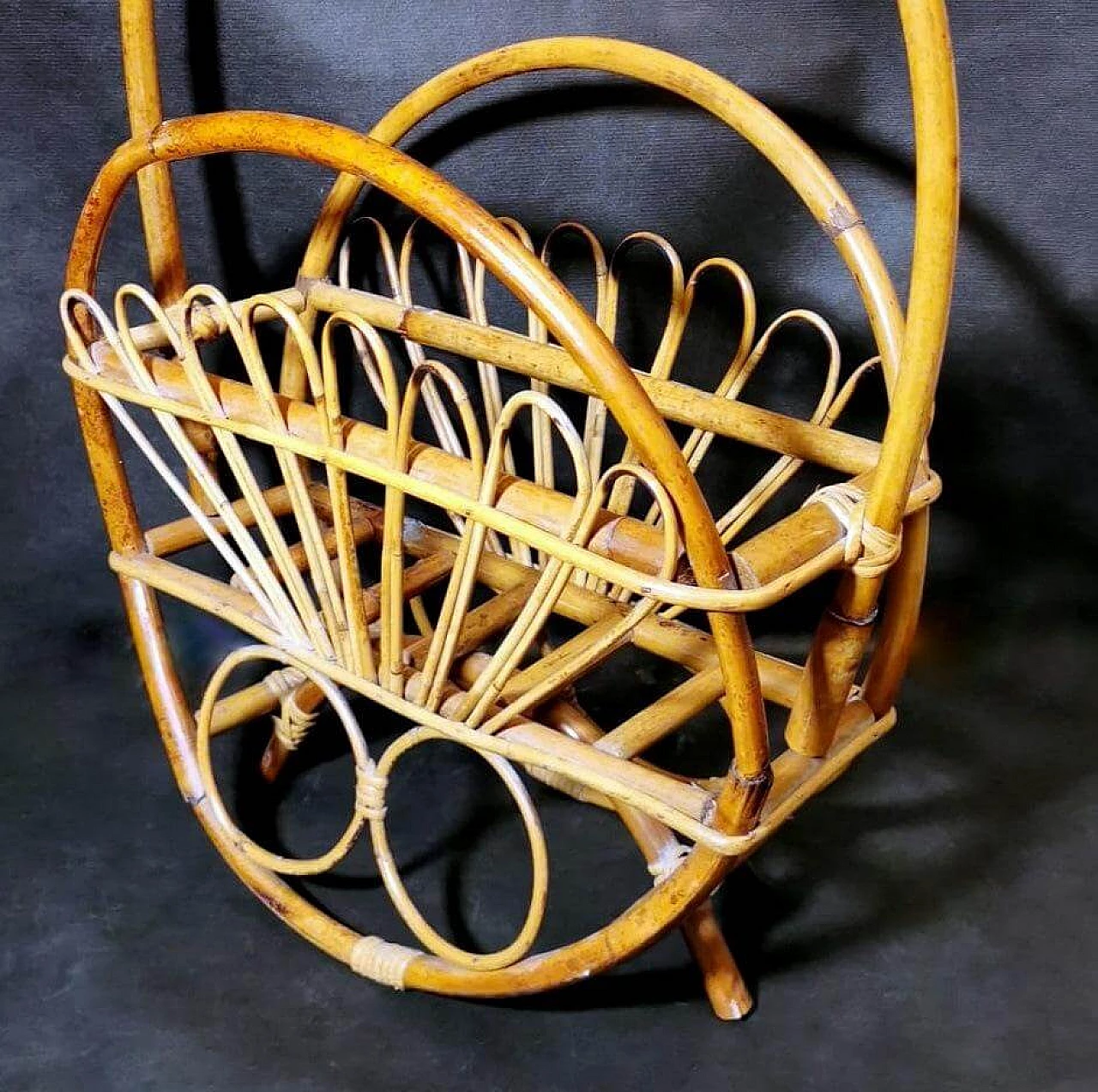
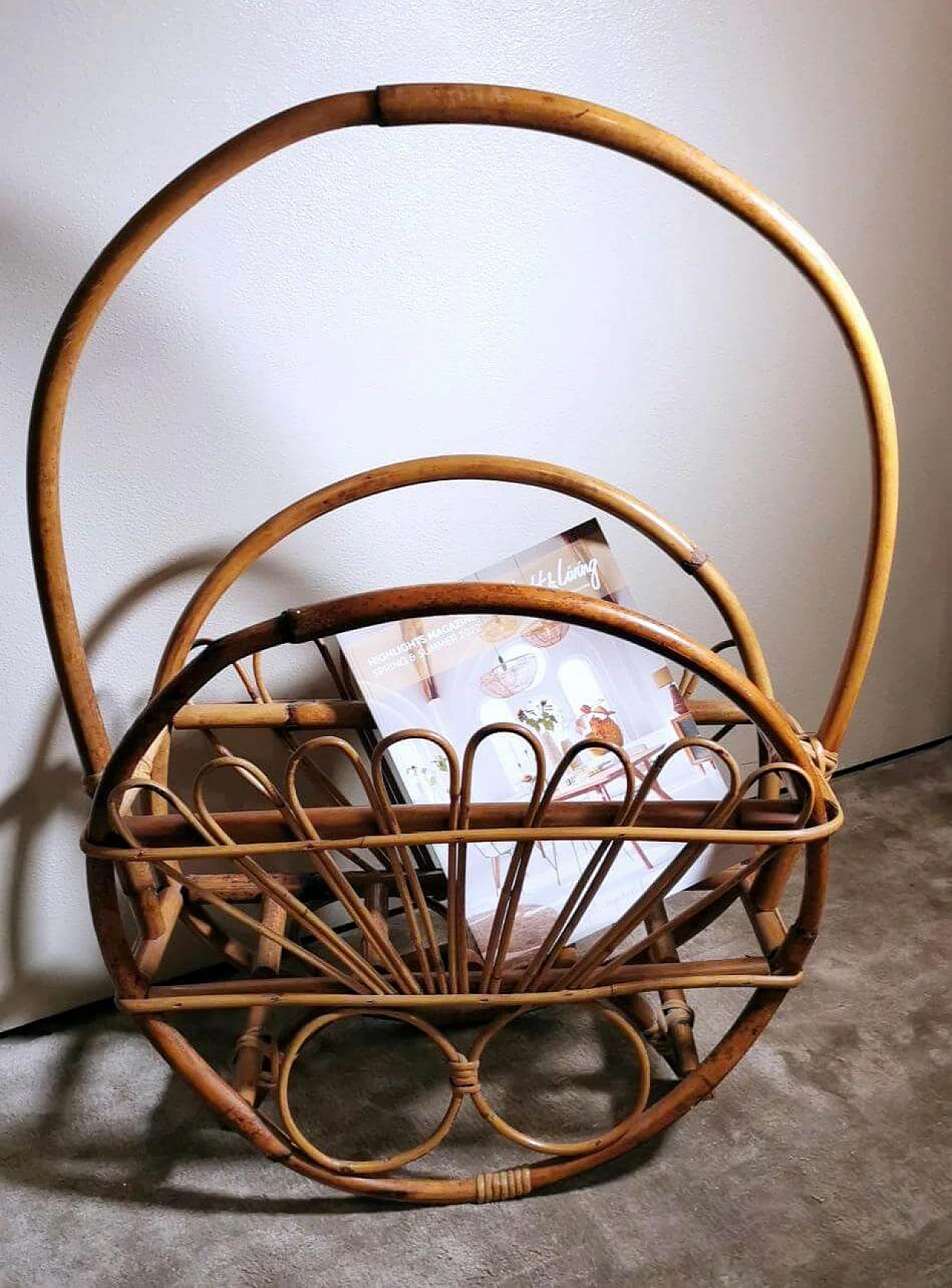
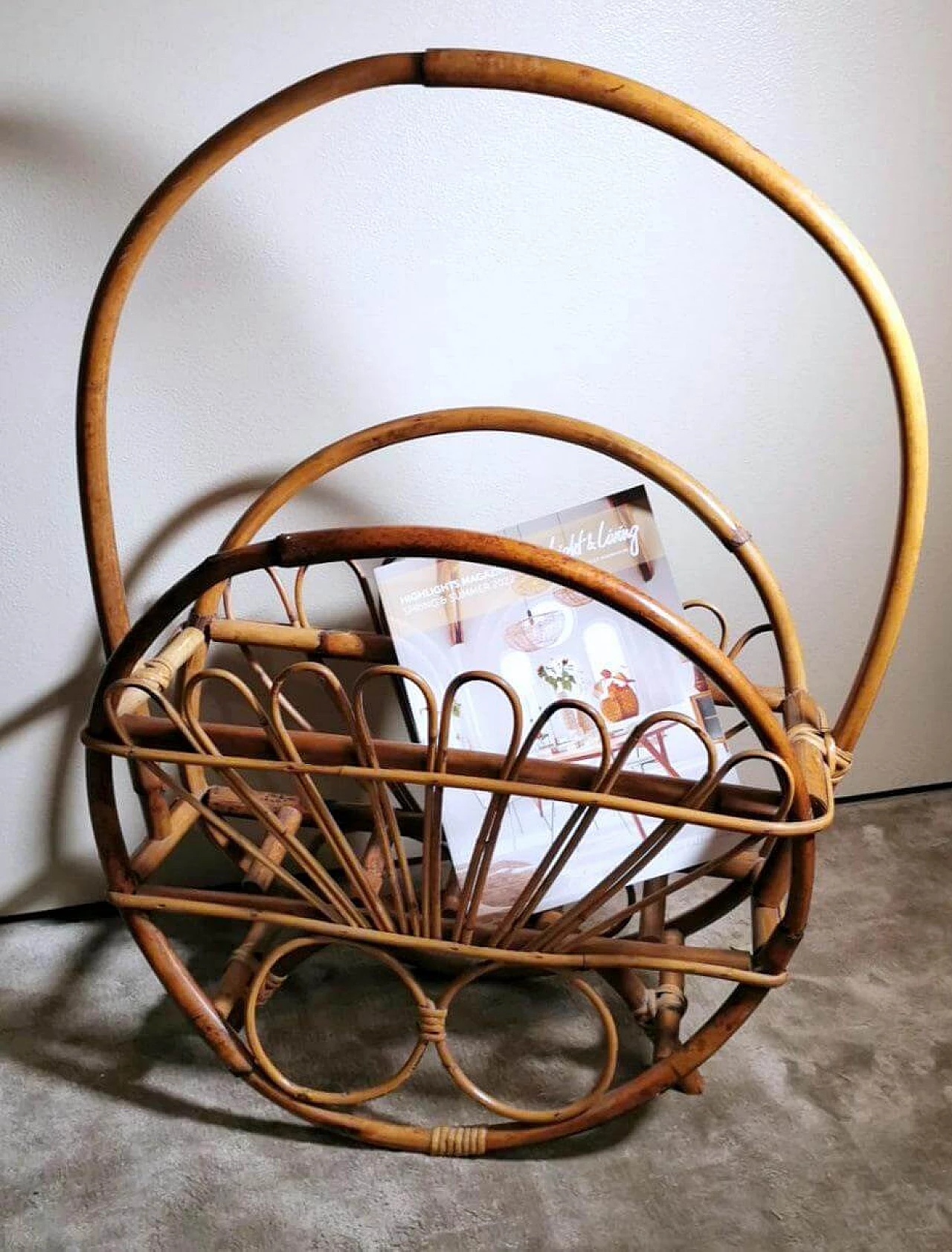
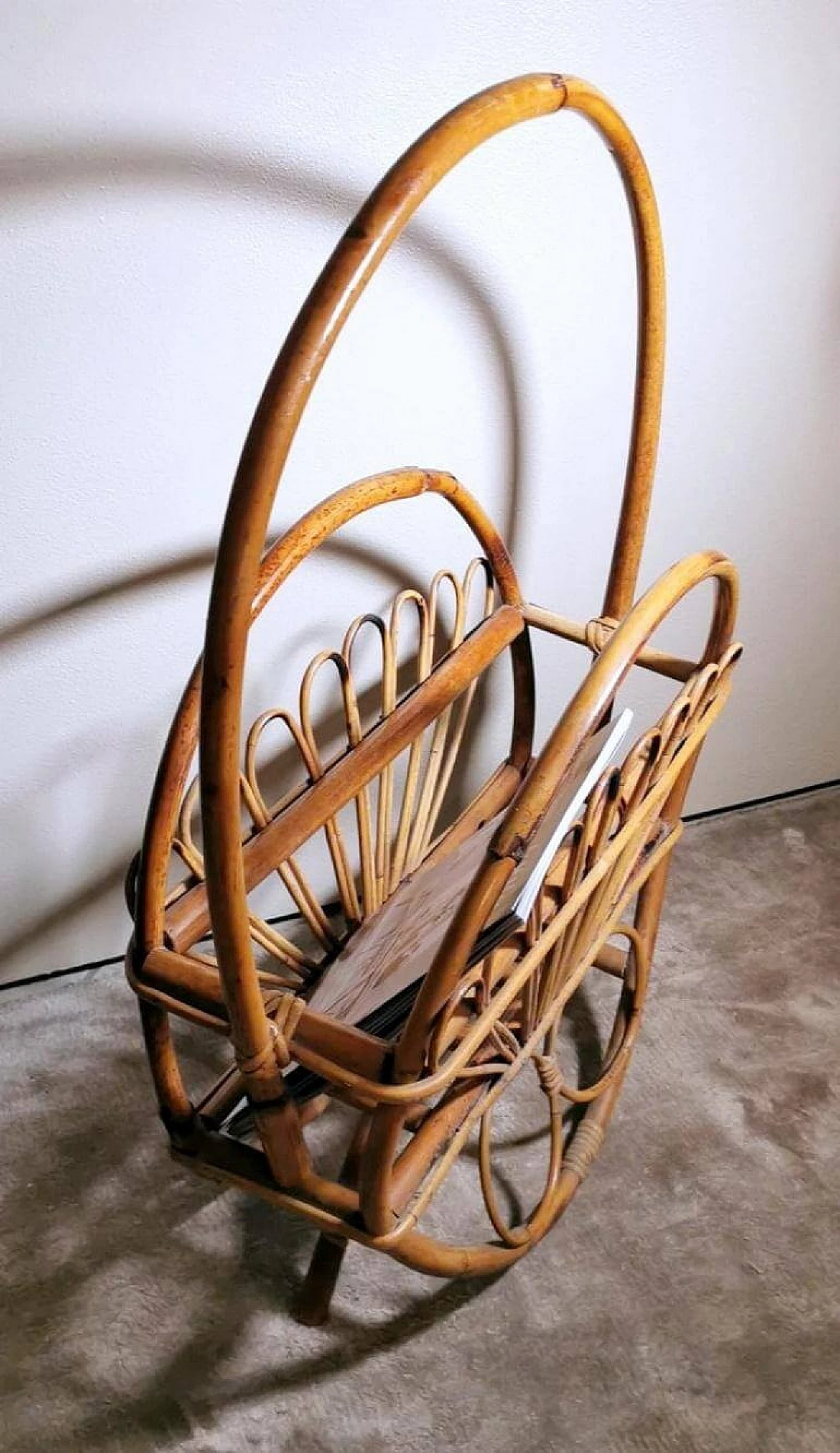
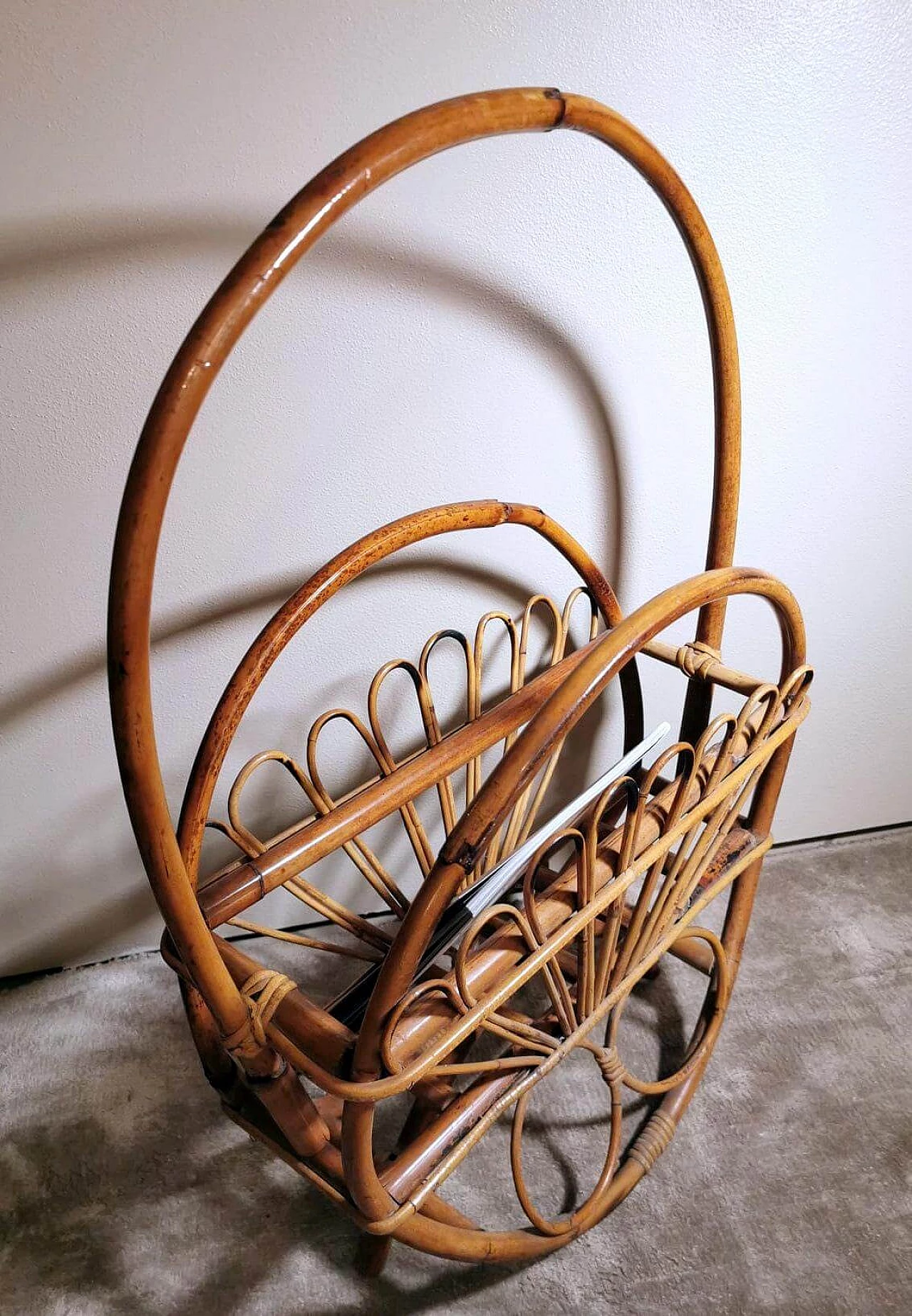
 SILVER Seller in Prato, Italy
SILVER Seller in Prato, Italy






.png)





